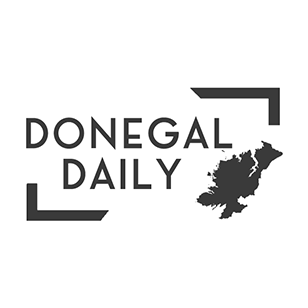A YEAR AGO today, the Republic of Ireland drew 1-1 with Scotland in Dublin and the hopes of qualifying for France looked doomed.
When Shaun Maloney’s shot spun wickedly off John O’Shea and past Shay Given for the equaliser, Dublin fell into a stony silence.
The draw, O’Shea’s own goal cancelling out Jonathan Walters’ opener, meant that Scotland were two points ahead of Martin O’Neill’s team and the game looked up.
But when Ireland defeated Gibralter 4-0 and Scotland lost in Georgia, the landscape changed – not that you’d have thought it three days later when only 27,200 turned up at Aviva Stadium to see Walters’ goal defeat Georgia.
It changed utterly on October 8. Robert Lewandowski’s 94th minute equaliser in Hampden Park denied Scotland a win. At the same time, Dublin was in a state of delerium as Shane Long’s magical 70th minute goal was sending Ireland on their way to a famous 1-0 win over World champions Germany.
That was a night when Shay Given picked up an injury that would, ultimately, go a long way in surely denying him a starting spot this evening when Ireland take on Sweden in Paris.
They made it to the City of Love via a play-off win over Bosnia and Herzegovina, Walters’ brace in Dublin sealing the deal and the Green Army has taken over Paris ahead of the 5 o’clock kick off at the Stade de France.
It is a stadium that holds painful memories for Given and his ilk, who bore the heartache from that fateful November night in 2009 when Thierry Henry’s handball killed their hopes of qualifying for the 2010 World Cup.
For the likes of Seamus Coleman, this evening is an entirely different matter.
Coleman was just dipping his toes in the Premier League’s waters when Ireland were going head-to-head with France in that play-off.
[adrotate group=”66″]A £60,000 bargain signing from Sligo Rovers ten months previously, he was very much a rookie at that stage.
A year on, Coleman was given his first call up but he didn’t make his debut until March 2011 when he featured against Wales in the Carling Cup of Nations.
Four years ago, many Irish fans lashed Giovanni Trapattoni’s conservatism when he opted against taking Coleman to Poland for Euro 2012. Instead, while several of his friends from Killybegs were living it up in Poland, Coleman watched on from a barstool in the south Donegal fishing port.
Coleman’s journey from there to here is almost as rapid as Ireland’s own turnaround in the 365 days since Scotland left them stunned and in need of a kiss of life last June.
Alongside Southampton’s Shane Long, Coleman is regarded as one of the few bluechip players in the Irish team. The Everton full-back had some injury trouble at the end of the season, but this tournament represents a massive chance for the former St Catherine’s and Sligo Rovers player.
[adrotate group=”71″]He has already been reported to have been on the radar of Manchester United and Chelsea, although no concrete offers came in.
However, last September, Coleman was the subject of transfer speculation linking him with Paris St Germain, whose manager Laurent Blac was believed to have tabled a bid of £20million.
At that point, Coleman or Ireland didn’t look as if they’d be featuring in this summer’s big party by the Eiffel Tower.
Everton were keen to hold onto their man and rebuffed PSG’s advances.
[adrotate group=”43″]Everton have since changed manager with Roberto Martinez replaced by Ronald Koeman, who will be similarly eager not to let Coleman go.
Coleman has captained Ireland twice and has laid down several markers of his talents in recent times on the big stage.
Major tournaments can be like shop windows for players and if Coleman eplicates some of his stellar performances in the next two weeks, starting this evening against Sweden, Koeman could have a battle on his hands with eyelashes of big clubs sure to flutter in the directions of the shy Killybegs man.
Coleman often notes his fortune in making a successful leap into the big time, but as he can show in Euro 2016 he can climb that ladder even higher.
[adrotate group=”38″] Tags:





